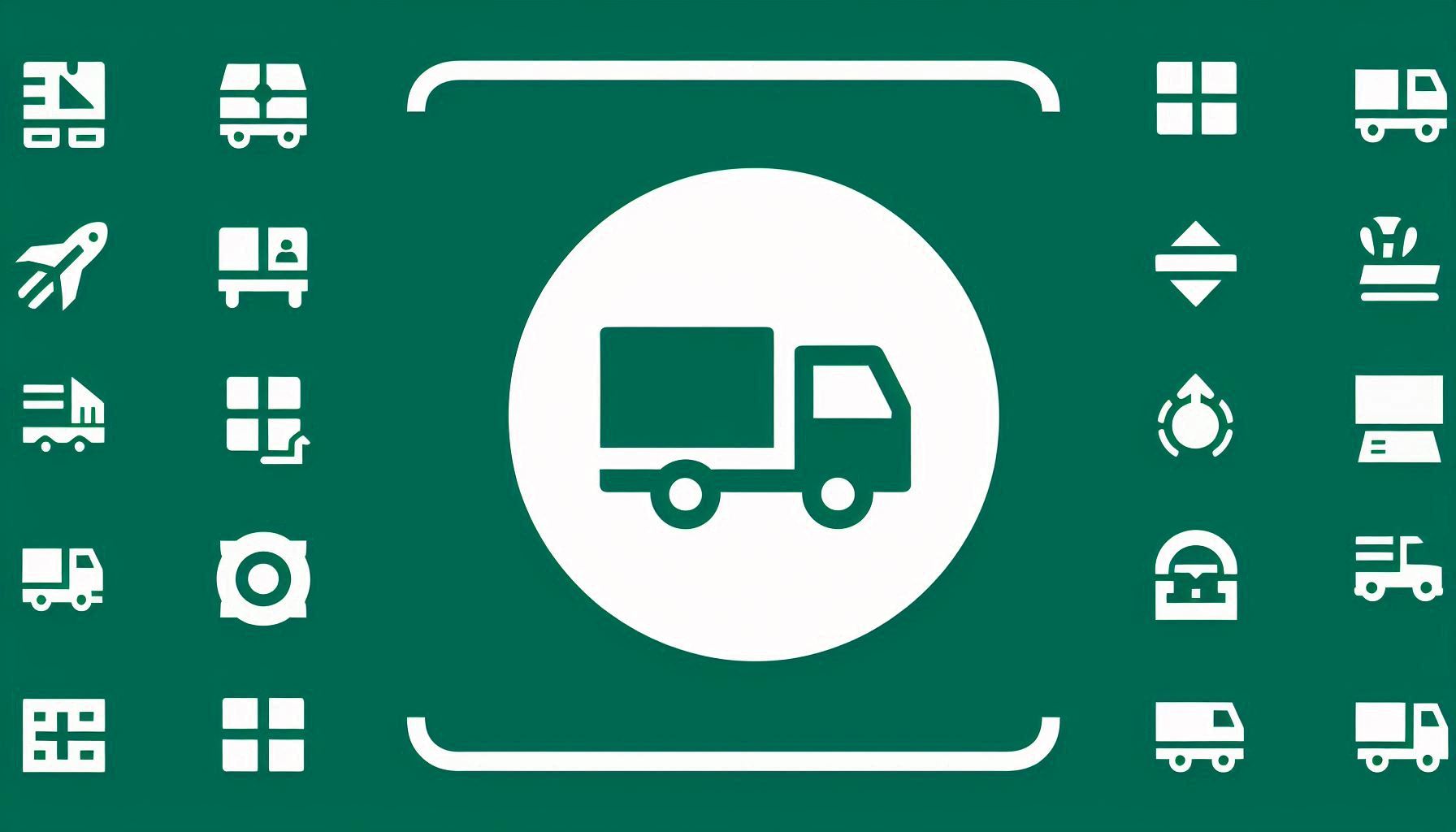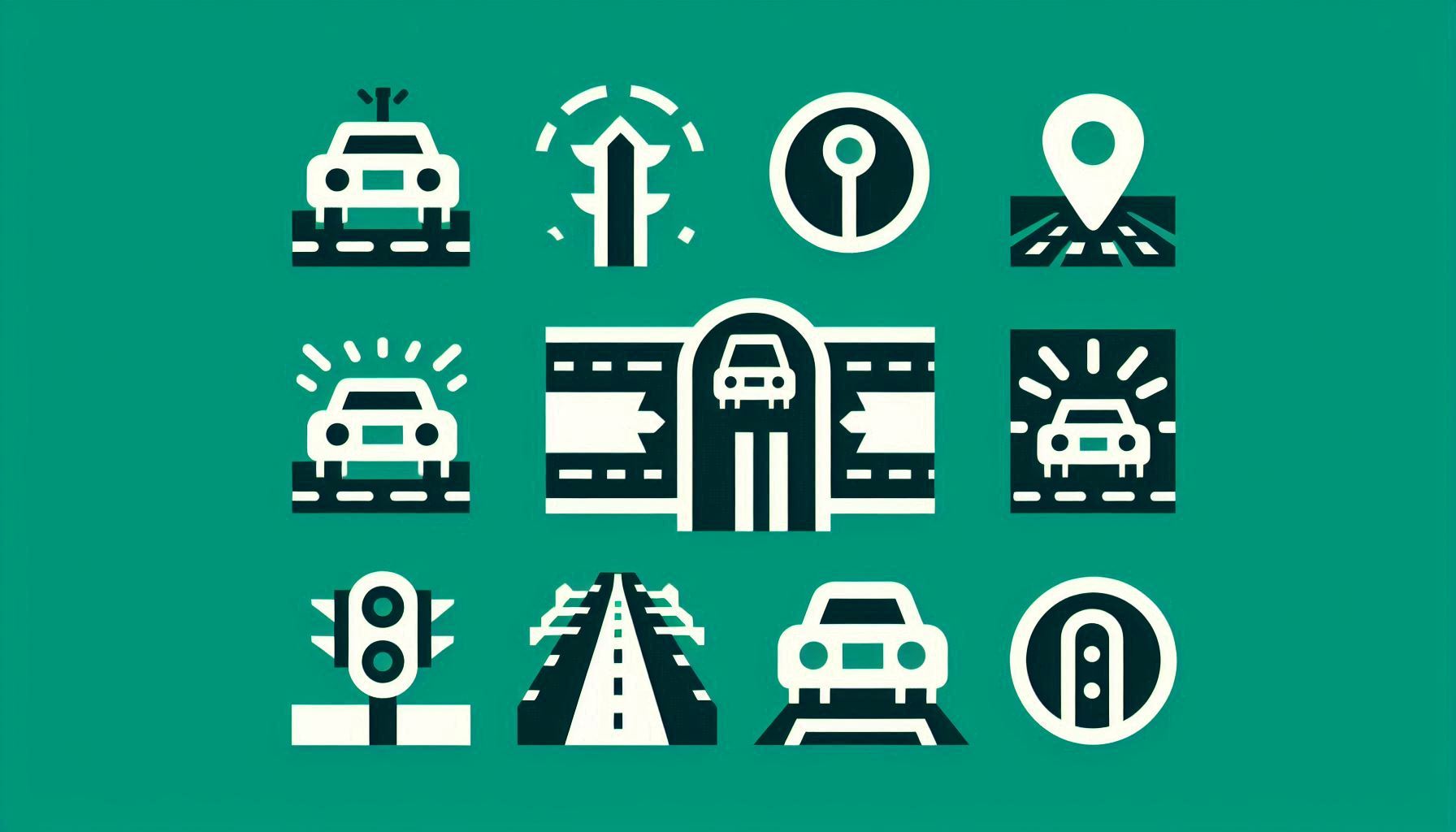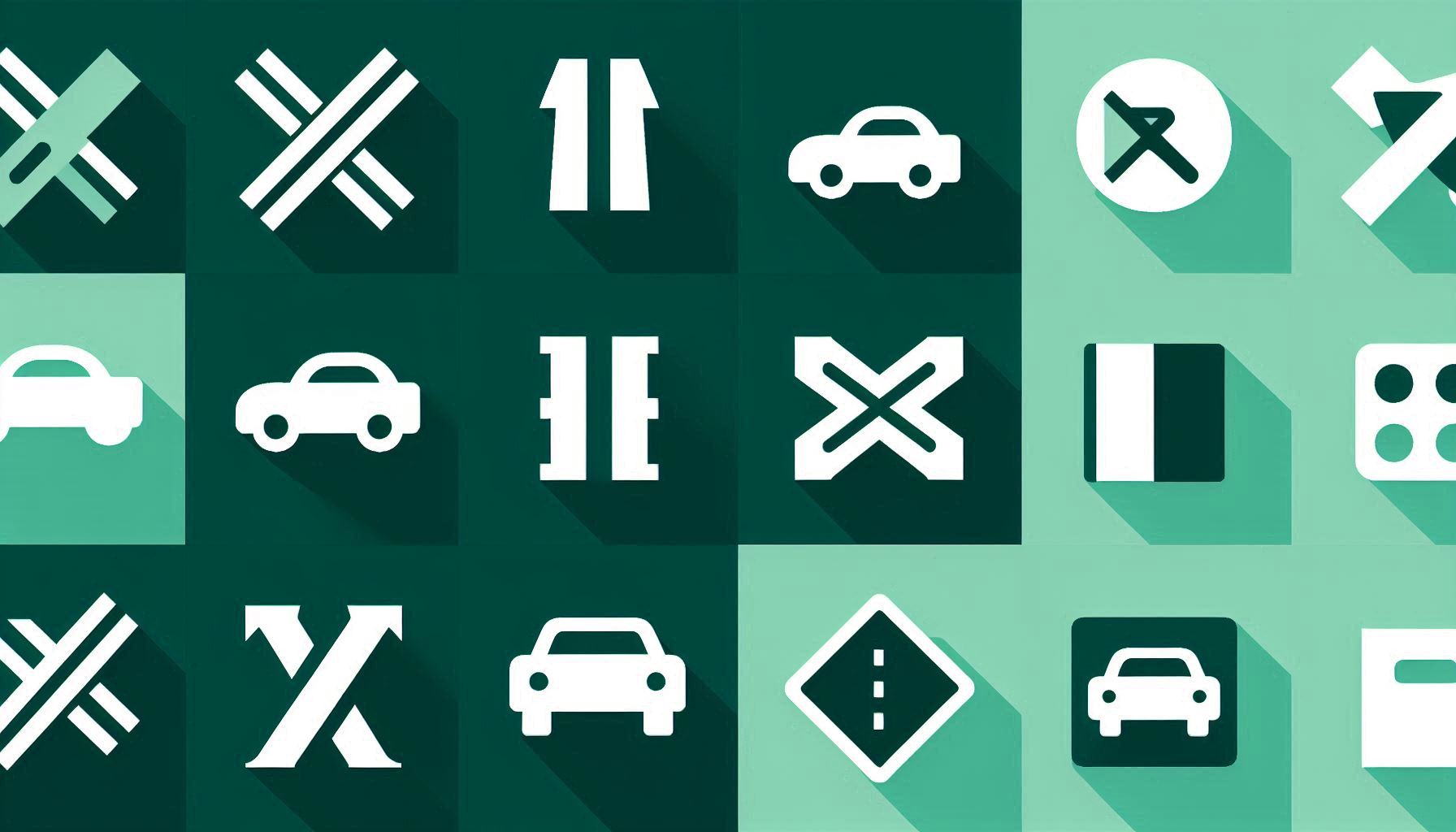Modelling and Simulation of Cooperative Control for Bus Rapid Transit Vehicle Platoon in a Connected Vehicle Environment

Downloads
The aim of this paper is to develop a cooperative control model for improving the operational efficiency of Bus Rapid Transit (BRT) vehicles. The model takes advantage of the emerging connected vehicle technology. A connected vehicle centre is established to assign a specific reservation time interval and transmit the corresponding dynamic speed guidance to each BRT vehicle. Furthermore, a set of constraints have been set up to avoid bus queuing and waiting phenomena in downstream BRT stations. Therefore, many BRT vehicles are strategically guided to form a platoon, which can pass through an intersection with no impedance. An actual signalized intersection along the Guangzhou BRT corridor is employed to verify and assess the cooperative control model in various traffic conditions. The simulation-based evaluation results demonstrate that the proposed approach can reduce delays, decrease the number of stops, and improve the sustainability of the BRT vehicles.
Downloads
Levinso H, Zimmerman S, Clinger J, Rutherford S, Smith RL, Cracknell J, Soberman R. Bus rapid transit. Volume 1: Case Studies In Bus Rapid Transit. TCRP Report. Washington, D.C.: Transportation Research Board; 2003.
Wright L, Hook W. Bus rapid transit: planning guide. Institute for Transportation and Development Policy (ITDP) [Internet]. 2007. Available from : http://reconnectingamerica.org/assets/Uploads/safe_routes_to_transit_2005.pdf
Maeso-González E, Pérez-Cerón P. State of art of bus rapid transit transportation. European Transport Research Review. 2014;6(2):149-156.
Hafezi MH, Ismail A. A Comparative Analysis between Bus Rapid Transit and Regular Bus Operation. Australian Journal of Basic and Applied Sciences. 2012;6(13):216-220.
Rakha H, Zhang Y. Sensitivity Analysis of Transit Signal Priority Impacts on Operation of a Signalized Intersection. Journal of Transportation Engineering. 2004;130:796-804.
Dion F, Rakha H, Zhang Y. Evaluation of Potential Transit Signal Priority Benefits along a Fixed-Time Signalized Arterial. Journal of Transportation Engineering. 2004;130(3):294-303.
Muthuswamy S, McShane WR, Daniel JR. Evaluation of Transit Signal Priority and Optimal Signal Timing Plans in Transit and Traffic Operations. Transportation Research Record: Journal of the Transportation Research Board. 2007;2034:92-102.
Chen X, Yu L, Zhu L, Yu L, Guo J. Microscopic Simulation Approach to Effectiveness Analysis of Transit Signal Priority for Bus Rapid Transit: A Case Study in Beijing. Transportation Research Record: Journal of the Transportation Research Board. 2008;2072:64-76.
Hu J, Park B, Parkany AE. Transit Signal Priority with Connected Vehicle Technology. Transportation Research Record: Journal of the Transportation Research Board. 2014;2418:20-29.
Koonce P. Prioritizing Transit in a Connected Vehicle World. ITE Journal. 2012;82(12):18-22.
Abu-Lebdeh G, Chen H. Development of a framework for an integrated dynamic signal-dynamic speed traffic management algorithm for signalized networks. Proceedings of the 85th Annual Meeting of the Transportation Research Board. 2006 March 3; Washington DC, USA.
Abu-Lebdeh G. Exploring the potential benefits of IntelliDrive-enabled dynamic speed control in signalized networks. Proceedings of the 89th Annual Meeting of the Transportation Research Board. 2010 January 25; Washington DC, USA.
Abu-Lebdeh G. Integrated adaptive-signal dynamic-speed control of signalized arterials, Journal of Transportation Engineering. 2012;128(5):447-451.
Yang Y, Chen S, Sun J. Modeling and Evaluation of Speed Guidance Strategy in VII System. Proceedings of the 13th International IEEE Conference on Intelligent Transportation Systems. 2010 September 19-22; Madeira Island, Portugal.
Asadi B, Vahidi A. Predictive cruise control: Utilizing upcoming traffic signal information for improving fuel economy and reducing trip time. IEEE Transaction on Control Systems Technology. 2011;19(3):707-714.
Mahler G, Vahidi A. An Optimal Velocity-Planning Scheme for Vehicle Energy Efficiency Through Probabilistic Prediction of Traffic-Signal Timing. IEEE Transaction on Intelligent Transportation Systems. 2014;15(6):2516-2523.
Goodall NJ, Park B, Smith BL. Microscopic Estimation of Arterial Vehicle Positions in a Low Penetration-Rate Connected Vehicle Environment. Journal of Transportation Engineering. 2014;140(10):1027-1041.
Lin P, Zhuo F, Yao K, Ran B, Xu J. [Solving and Simulation of Microcosmic Control Model of Intersection Traffic Flow in Connected-vehicle Network Environment]. China Journal of Highway and Transport. 2015;28(8):82-90. Chinese
Lin P, Jin PJ, Ran B, Cheng Y, Hu H, Xu J. Cooperative Movement of Intersectional Traffic Flow in a Connected Vehicle Environment. Proceedings of 94th Annual Meeting of the Transportation Research Board. 2014 December 30; Washington DC, USA.
VISSIM 5.20 COM User Manual. Karlsruhe, Germany: Planung Transport Verkehr (PTV); 2009.




















